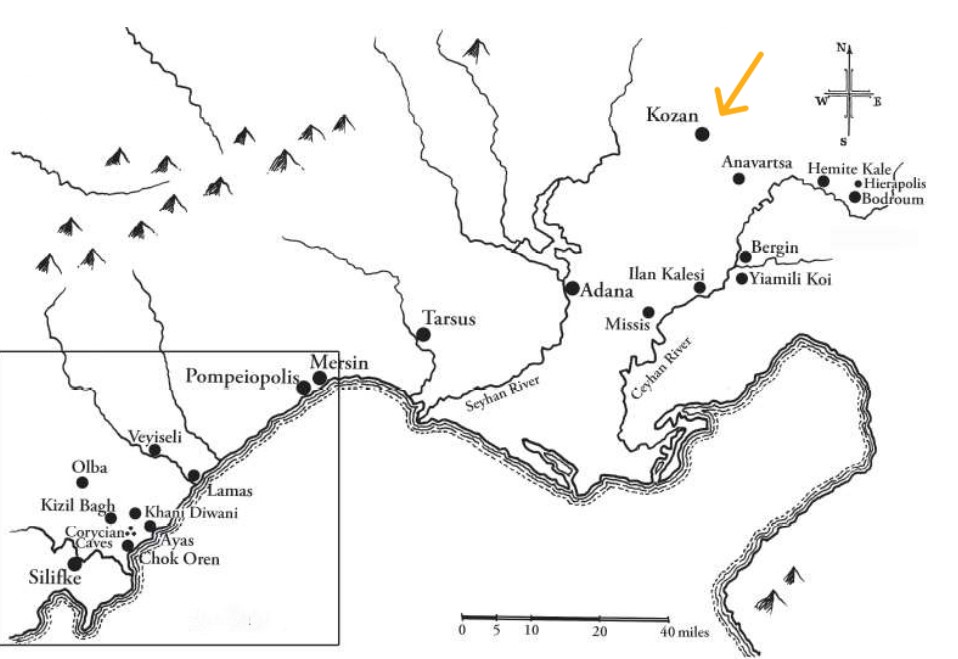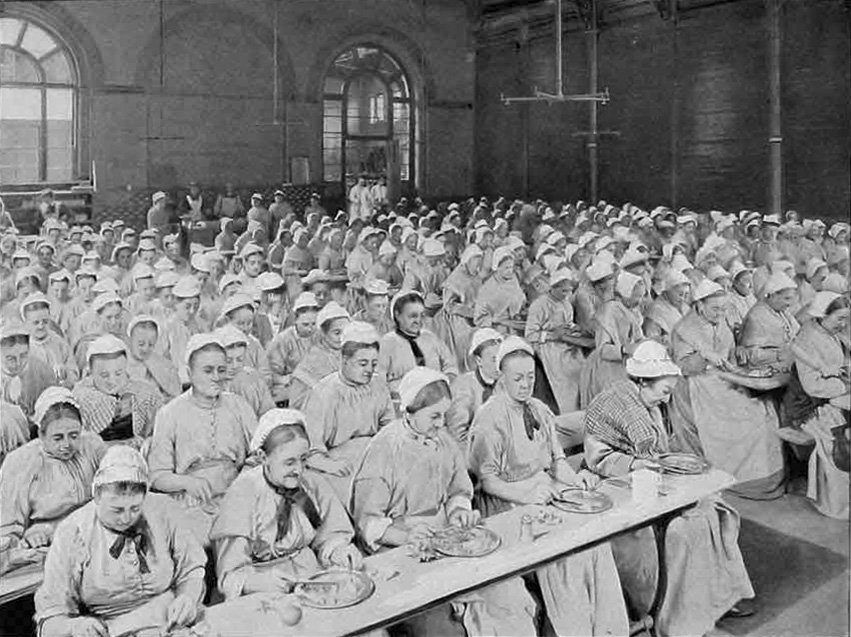
In early March 1890, the Bents were exploring the area around ancient Sis, the capital of the Armenian Kingdom of Cilicia, now incorporating Kozan Kalesi. The ancient city and its fortress occupied the long rocky ridge in the centre of the modern city.
With reference to the Bents’ wanderings in the wider region in early March 1890, there is, two years later, a bizarre and unpleasant report in The Morning Leader (London, Monday, 29 August 1892) under the heading ‘The Human Unicorn – Mr. Bent’s Interesting Discovery in Lesser Armenia’ that we, nevertheless, reproduce. It, of course, raises several issues – including an obscure article by Bent in an even obscurer periodical, which we are still yet to see. If the few lines mentioned are indeed by Bent, then they merit an appearance – perhaps the first for over a century, who knows. Here is what The Morning Leader reporter glibly has to say:

‘In all probability the human unicorn who was left destitute in a lodging-house in Whitfield-st., Tottenham-court-rd., and who is now an inmate of the St. Pancras Workhouse and source of perplexity to the guardians, is the man referred to by Mr. Theodore Bent, the well-known archaeologist and traveller. Describing a journey to Sis, the quondam capital of Lesser Armenia, Mr. Bent wrote as follows in a recent number of the Eastern and Western Review: “In the village of Tapan Dere, a little north of Sis, dwells a man with a horn on the top of his head. We did not believe this until we saw him and actually felt the horn, which is curved and about the size of a finger. I hear he is on his way to Europe to exhibit himself, having been inspired by the success of two fair damsels with beards, who also came from this locality, and amassed much gain by exhibition in Europe.” Showmen in search of a genuine novelty should lose no time in calling at St. Pancras Workhouse.’
Just a few days after this scoop, the Manchester Courier (Saturday, 3 September 1892) follows up the story. It seems that all’s well that end’s well for the poor man who Theodore Bent may or may not have seen near Sis two years previously. It should be noted that there is no mention of this sensational encounter (including actually touching the excrescence) in Mabel Bent’s diary of the time (The Travel Chronicles of Mabel Bent, Vol 1, 263-321), and it all may well have been another of Theodore’s fancies – he had a habit of allowing himself a certain licence depending on his readership, from academic/scientific to tabloid.
Back to the Manchester Courier of 3 September 1892 (at the time the Bents are busy preparing for a trip to Ethiopia and publicising their work in Great Zimbabwe of the preceding year):

‘A Human Unicorn – Owing to the publicity given to the case of a Turkish subject with an excrescence on his head, who was brought to this country by two men for show, a gentleman from the Turkish Consulate has visited St. Pancras Workhouse for the purpose of discovering the man’s name and antecedents. Directly he was spoken to in his native tongue his joy knew no bounds, as he salaamed and kissed his interviewer’s knees and hands. After some conversation he gave his name as Ahmed Mustapha, aged 38, a mountain peasant of Assyria, where his nearest relative is chief or khan of the village. The horn or bony excrescence is on the top of his head, about the size of a man’s thumb, but he will not allow any of the officers or inmates of the workhouse to see it, as although he wears the workhouse clothes he retains his turban, which he keeps on his head night and day. It is supposed that the reason he was left on his arrival in England was that it was found that instead of letting the horn grow, he used to pare it with a knife. The officials of the Turkish Consulate are in communication with the Distressed Foreigners’ Aid Society to remove him to his native place.’
 Leave a comment or contact us about this article
Leave a comment or contact us about this article